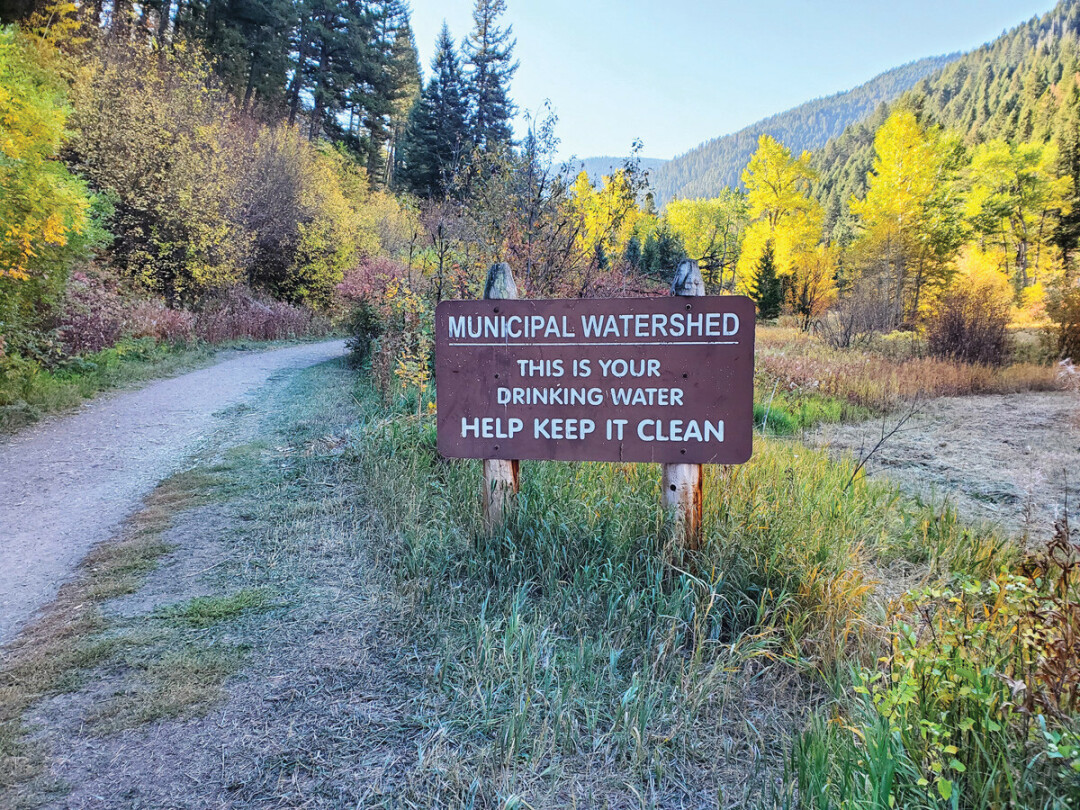Leave No Trace A Resource for Positive Change

Connections are driving forces behind much of what we do and who we are. We rely on friends and family for companionship and support, our communities for unity and resources, and nature for food sources, recreation, and personal wellbeing. Spending time outside reminds us that we are a part of something bigger than ourselves – and it’s crucial that we do our part to protect it.
We’ve all experienced less-than-ideal conduct from fellow outdoor recreators. Littering, carving names into trees, feeding wildlife, leaving pet waste, and cutting switchbacks are just a few examples of destructive behavior. Sometimes the damage has already been done and the culprits are long gone, but oftentimes it happens right in front of us, providing opportunities to initiate conversation and make a lasting difference.
How we approach these situations will determine our success. It’s important to be patient, considerate, and tactful, for the goal is to facilitate a positive learning experience. There are tools and resources we can use when approaching someone participating in undesirable activity, including the seven Leave No Trace principles for outdoor ethics.
Land management agencies began utilizing early concepts of “leave no trace” in the mid-1980s. The need for an organization to teach and provide educational resources for environmental responsibility and stewardship grew quickly and in 1994, the Leave No Trace Center for Outdoor Ethics was created. The Center developed seven core principles for minimizing impacts in nature: plan ahead and prepare, travel and camp on durable surfaces, dispose of waste properly, leave what you find, minimize campfire impacts, respect wildlife, and be considerate of other visitors. While many outdoor enthusiasts have incorporated these principles as a way of life, there is still a large number that has yet to learn about them.
A useful method for conversing with those not practicing Leave No Trace ethics is a technique that involves an effort to let nature wield its own innate authority. By thoughtfully and objectively offering insights regarding the effects of a visitor’s actions on the wildlife, landscape, and natural resources of an area, as well as impacts to fellow visitors’ experiences, we can co-create learning opportunities and work together to minimize future damage to our outdoor spaces. The path to inspiring successful behavior change begins with a good attitude, giving people the benefit of the doubt, and believing they can change.
More and more people are drawn to the outdoors every year, and for good reason. The benefits of spending time in nature are many, including improved mood, decreased stress and blood pressure, and better focus. Immersion in the environment also provides a sense of connection, vibrancy, and awe – it’s no wonder that we turn to outdoor recreation in difficult times. Keep this in mind on your next adventure and use your new tools and resources to encourage others to keep our natural spaces wild and wonderful.
For more information on Leave No Trace, visit www.lnt.org/


